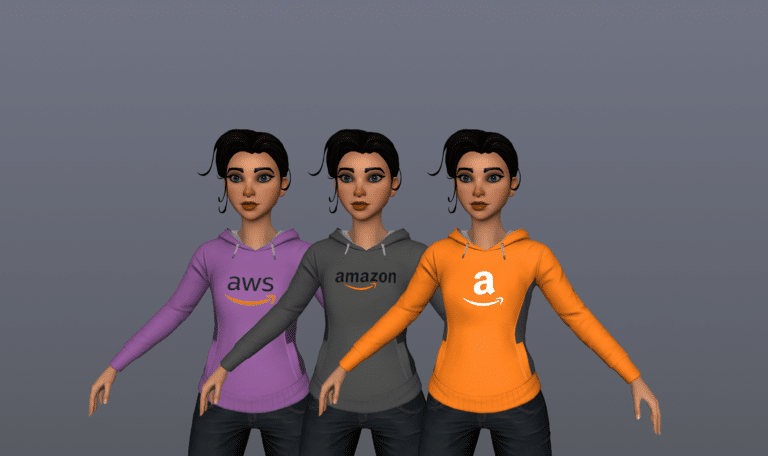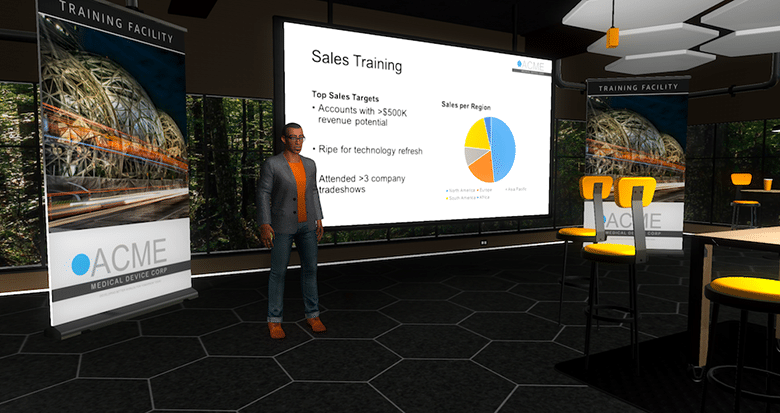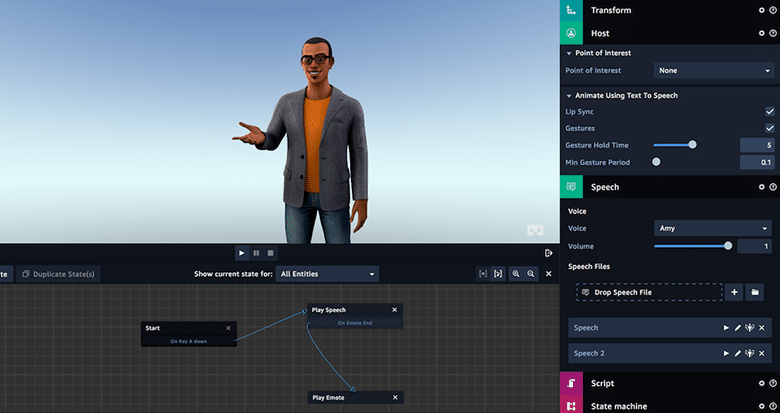
ARtillry Interviews is an ongoing series that profiles the biggest innovators in XR. Narratives are based on interviews with subjects but opinions and analysis are that of ARtillry. See the rest of the series here and our video interview show here.
As we examine the XR landscape, one macro trend keeps emerging: The sector’s momentum and confidence are buoyed by investment and positive signals from tech giants. That includes the major platforms, and tech’s “four horsemen”: Apple, Google, Facebook and Amazon.
But an important question is “why?” Answering that can inform where the market is going and how to get there. And though the answer is different for all of the above companies, one theme threads throughout: they’re each investing in XR to protect or grow their core businesses.
For example, Google, has a vested interest in AR-based visual search. Facebook wants to keep us in its walled garden through visually-immersive content sharing like AR camera effects. And Apple wants to make iPhones — where its healthy margins lie — more attractive through AR.
As for Amazon, it has a well-devised AR strategy for product visualization. Not only is that a top AR use case but like the above examples, it aligns with and supports a core business. Informed purchases through AR product visualization can boost e-commerce and reduce product returns.

Seeding a Market
But for Amazon, e-commerce isn’t the only endgame. AWS continues to rise in financial performance, market share and standing within the company (especially after Q2 earnings). And it’s there that AR and VR could likewise find a logical and business-supporting home.
So what’s the XR play for AWS? It’s called Sumerian and folks in the XR world have likely heard of it. In short, it’s a platform to create and run VR, AR and 3D apps. It boasts relatively little friction, such as not requiring specialized programming or 3D graphics expertise (more on that in a bit).
Like the above examples, this is logical if you think about it. Given XR’s graphical and compute-intensive needs — which AWS caters to — it makes sense to seed the market. This includes tools to not only create 3D assets but to host and stream them in a web-based manner through AWS.
Sumerian GM Kyle Roche acknowledges the seeding strategy, but admits it isn’t necessarily the master plan. It’s more about supporting the shift towards visually immersive computing, and helping AWS customers get there. That can be good business for AWS in several potential ways.
“AWS gets lots of credit for those types of coordinated efforts across different dimensions,” he told ARtillry. “Sometimes it’s simply that we have a lot of customers that want to get into that space so we’re trying to break down barriers to entry. Sumerian came out of a lot of those discussions.”

Building Blocks
In that way, Sumerian sits in an important and opportune category we call “democratization tools,” or building block technologies. Including Google Blocks, Adobe Aero, and others, these tools make it easier for developers (or non-developers) to build XR experiences and graphical assets.
One example is an early prototype built on Sumerian by Fidelity Labs, a division of Fidelity Investments. It’s a 3D virtual persona that provides voice-guided visualization for investment data (video below). In fact, virtual hosts are one of the early and demonstrative use cases, says Roche.
“Hosts are probably the biggest building block of Sumerian that’s obvious right now,” he said. “Having a character you can make eye contact with, set up in the same way you’d set up an Alexa skill, just drag and drop in a browser, is super attractive for some customers.”
The drag & drop aspect is key to expanding XR’s addressable market to enterprises that don’t have 3D development muscle. If XR is to scale to projected levels, it will have to cater to that larger universe. We’re talking non-technical verticals like retail, finance and media & advertising.
For example, in functions like customer service and brand marketing, XR creation is only going to happen in some cases if it can be built in house. Or even in the case of outside help from creative agencies, those folks are going to need tools like Sumerian to build XR apps for clients.
“A lot of enterprises or smaller shops want to get into XR,” said Roche. “As they see it come to life, they’re thinking ‘Okay, I need to get a 3D game engine, learn how to sculpt, animate, rig and all these complex things.’ They just want something that’s easy to use in a familiar environment.”
Yin & Yang
As for use cases, Sumerian recommends a handful of them, such as employee education, training simulations and field service. Roche believes this will start with host-guided experiences, then grow into deeper internet of things (IoT)-based integrations as developers gain their footing.
“Things that can go from concept to production quickly include any sort of guided experience like education, training, or news narration,” said Roche. “Visualization around AR sensor data for IoT applications seems to be a pretty quick win for customers too.”
IoT integrations could include oil & gas or mining scenarios, where remote field workers need to visualize equipment assembly through a hands-free headset. A lot of that sensor and IoT data are already integrated with AWS for existing customers, making it a natural extension.
IoT generally could be promising for AR, as we’ve examined. All that IoT data from the equipment and consumer products around us can provide content for AR. AR in turn can provide an intuitive visual front end for all that data… a nice yin & yang relationship between the two.
“The really interesting use cases are around AI, including voice and simulation,” added Roche. “So I think that’s an area you can expect us to dig deeper on — basically customers using Sumerian to visualize and simulate either some real world scenario or some theoretical scenario.”

Follow the Money
There are also consumer-oriented use cases such as media and publishing. Online publishers could monetize through ads that feature products in 3D. And though AWS and Amazon are separate entities, there are potential synergies in utilizing the latter’s immense product library.
“If you look at 2D click-through ads, if things move into 3D, WebXR becomes a new medium to drive ad revenue for content producers,” posed Roche. “They can build scenes and publish them and earn some of that referral credit, and open up a new way to think about online advertising.”
Meanwhile, the goal for Sumerian is really to get the platform out there. And like most platforms, the range of use cases will evolve as developers run with it and build things. That includes commerce, entertainment, industrial and several other roads that lead back to AWS.
“We want to see what we can do to make this tool more accessible for customers to build things,” said Roche. “We’re going to see a lot of new areas of monetization open up, whether that’s 3D-based advertising or voice driven experiences, and we’re very excited to just be a part of that.”
For deeper XR data and intelligence, join ARtillry PRO and subscribe to the free ARtillry Weekly newsletter.
Disclosure: ARtillry has no financial stake in the companies mentioned in this post, nor received payment for its production. Disclosure and ethics policy can be seen here.
Header image credit: AWS
